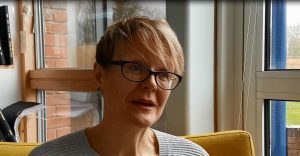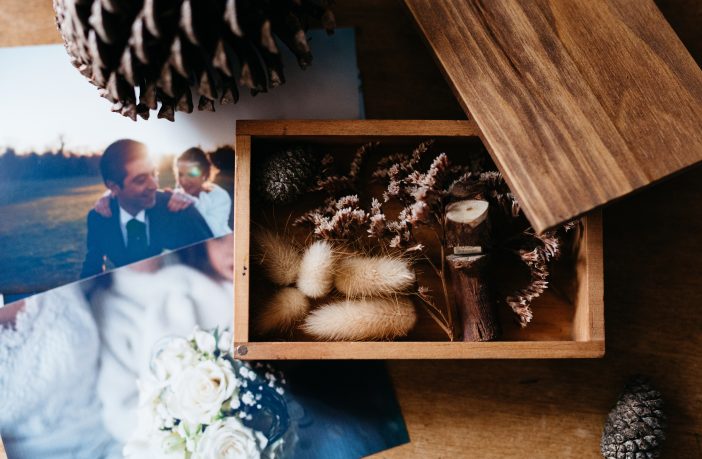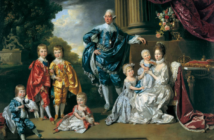Mother’s Day could witness lots of pictures being taken of mums, but research by the OU reveals they may be happier on the other side of the camera.
Qualitative research by the OU’s Gillian Rose, Professor of Human Geography, revealed there is more to mums taking and displaying photos than meets the eye.
The study, among a small group of mothers in England, revealed the tireless energy they put in to taking and displaying photos of their families and children, however trivial it may seem.

Proffessor Gillian Rose
Professor Rose contributed to a BBC programme in March 2017 about family photography and discusses the taking of photographs and displaying them in familial spaces around the home.
Through her research, she observed how mothers, more so than the fathers in the household, would happily spend hours presenting and cataloguing photographs of their children, placing them in albums and frames around the home or even sending them to other family members in the post.
She said:
It’s about bringing pictures of different family members together in a place and marking that togetherness.
If you look at where these things are shared they are in familial places in the home – hallways, the lounge, on fridge magnets.
The qualitative research reveals that, whilst the mothers had an “ambivalent” and even trivial view of photos, the act of taking and looking back on them produced an intensity of emotion.
“Deep emotion”
Professor Rose said that, looking at the photos was not only a “visual” act, it also gave rise to deep emotion.
“Photographs are, literally, felt when you look at them,” she says.
She said photographs can be “just flicked through” or “bunged into albums” or even seen as “naff” by these mums because they know that their photography work is in no sense unique, but they still stir up a lot of emotions.
 Professor Rose also said the mothers she spoke to reacted to photos as they looked at them again, commenting the size and faces of children, which stirred memories and warm emotions as well as surprise. She says mothers help creative narratives around photographs, choosing the way in which they are displayed and portray togetherness.
Professor Rose also said the mothers she spoke to reacted to photos as they looked at them again, commenting the size and faces of children, which stirred memories and warm emotions as well as surprise. She says mothers help creative narratives around photographs, choosing the way in which they are displayed and portray togetherness.
My research was pre-Facebook and the social media era, but we can see today that mothers are frequent users of these mediums for displaying photographs and still enjoying sharing them, just in a different way.”
You can listen to more of what Professor Rose says about mothers and photographs and watch her on the BBC4 programme Smile! The Nation’s Family Album.



